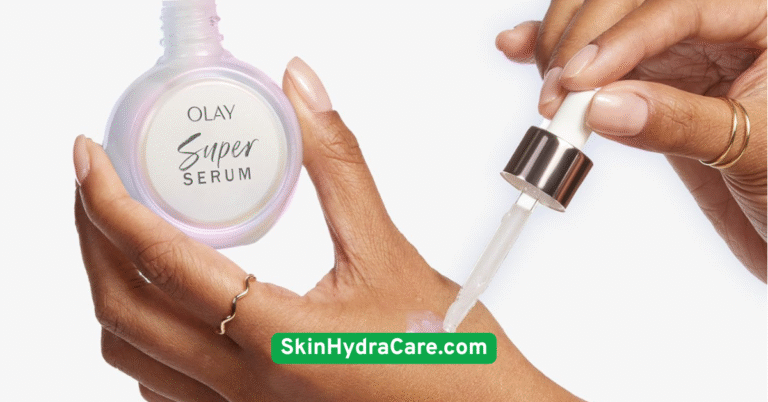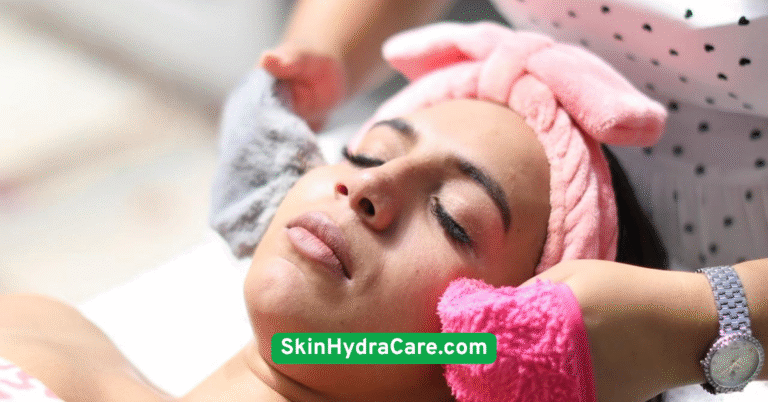15 Hydrating Skincare Tips for Winter Use
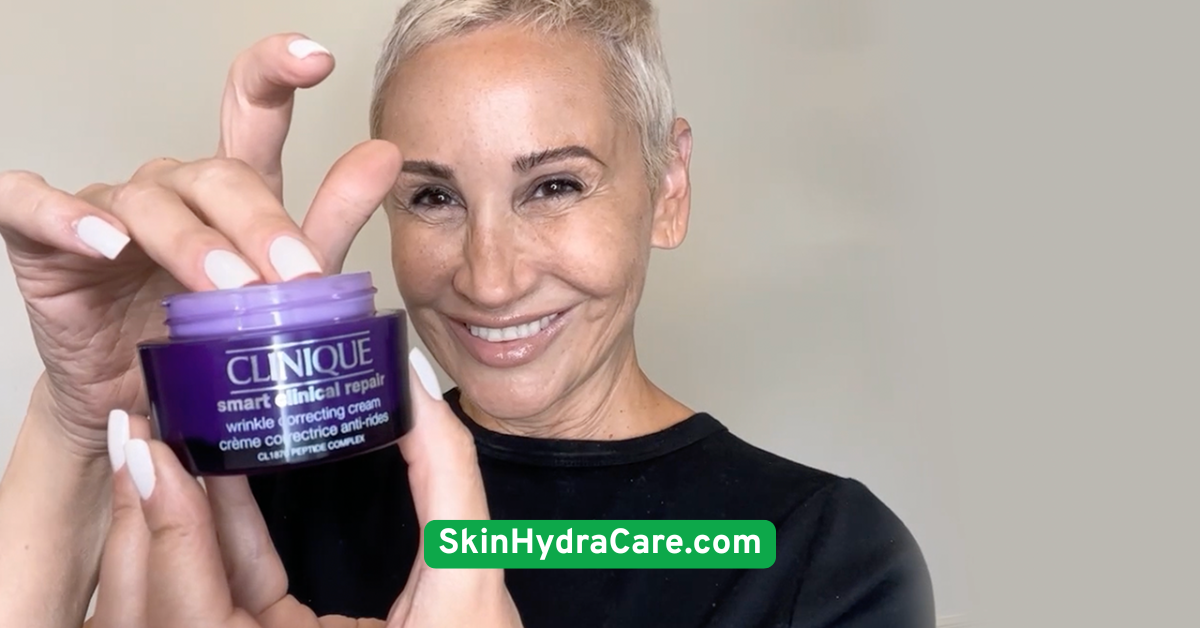
But the good news? You don’t have to accept dry, dull skin as your winter reality! With just a few adjustments to your skincare routine—and maybe a humidifier or two—you can hydrate, protect, and glow all season long. In this guide, we’ll walk through 15 hydrating skincare tips that are practical, dermatologist-approved, and perfect for winter’s unique challenges. Get ready to nourish your skin from the inside out and fall back in love with your cold-weather routine. Let’s begin!
1. Switch to a Richer Moisturizer
When temperatures drop, your light gel moisturizers may not be enough. During winter, your skin needs extra help to retain moisture, and that means reaching for thicker, richer creams.Look for products containing ceramides, squalane, shea butter, or glycerin—these ingredients help repair and reinforce your skin barrier, preventing moisture loss. Rich moisturizers form a protective shield against cold winds and dry air, locking in hydration for longer.You don’t need to splurge on luxury creams—many drugstore options now offer rich, effective formulas perfect for dry skin. Pro tip: Apply while your skin is still slightly damp to seal in moisture more effectively.

2. Add Hyaluronic Acid to Your Routine
If your skin still feels parched, consider adding hyaluronic acid to your lineup. This humectant pulls water into the skin and holds up to 1000 times its weight in moisture—impressive, right?Hyaluronic acid serums are most effective when applied to damp skin, followed by a moisturizer to “seal” the hydration in place. If you apply it on dry skin without locking it in, it can actually have the opposite effect and draw moisture out.For best results, use it twice daily, under your cream or facial oil. It’s especially great for plumping the skin and reducing the appearance of fine winter lines.
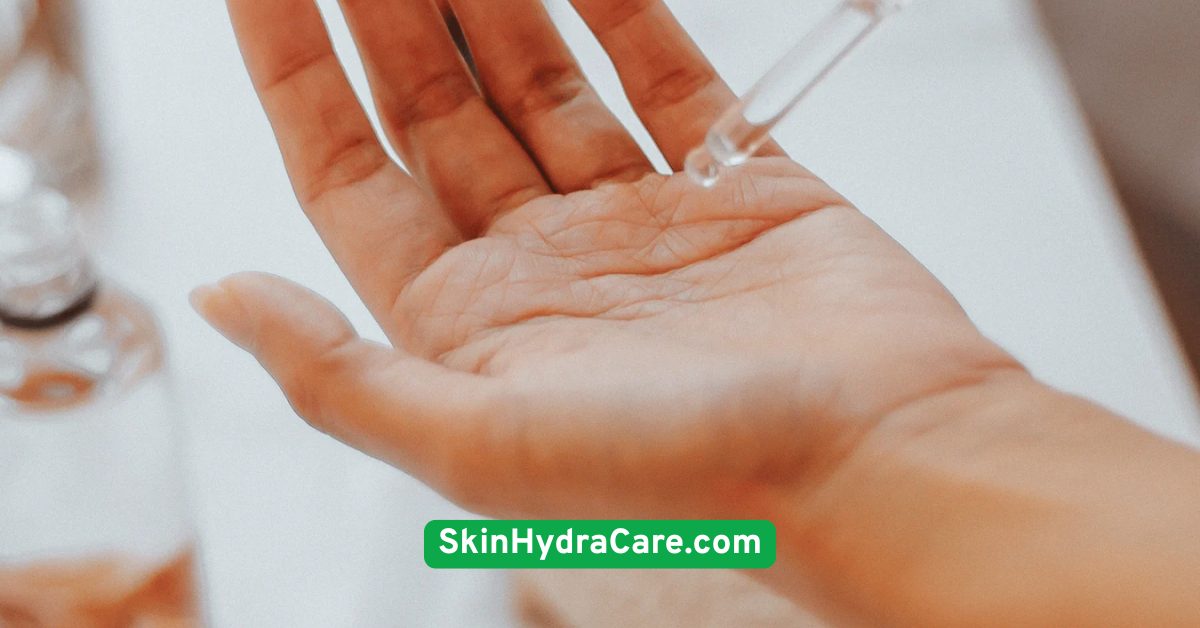
3. Limit Hot Water Exposure
We know—hot showers are heaven during cold months. But unfortunately, they can wreak havoc on your skin. Hot water strips away natural oils, leaving skin vulnerable to dryness, flakiness, and irritation.Opt for lukewarm water when cleansing your face or bathing, and try to keep showers under 10 minutes. If you notice tightness after toweling off, that’s a sign the water was too hot or your skin lost too much moisture.After bathing, pat your skin gently with a soft towel and immediately apply a hydrating body lotion or cream while your skin is still slightly damp. This simple shift can make a huge difference in skin hydration.

4. Use a Gentle Hydrating Cleanser
Harsh cleansers can strip your skin’s natural oils—especially in winter. Instead, reach for a hydrating cleanser with a creamy or oil-based formula that nourishes while it cleanses.Avoid foaming cleansers with sulfates, alcohol, or astringents like witch hazel. Look instead for ingredients like glycerin, aloe vera, oat extract, or panthenol, which soothe and hydrate the skin.Even oily or combination skin types can benefit from gentle cleansers in winter. Less is more—clean skin doesn’t have to feel tight or squeaky!
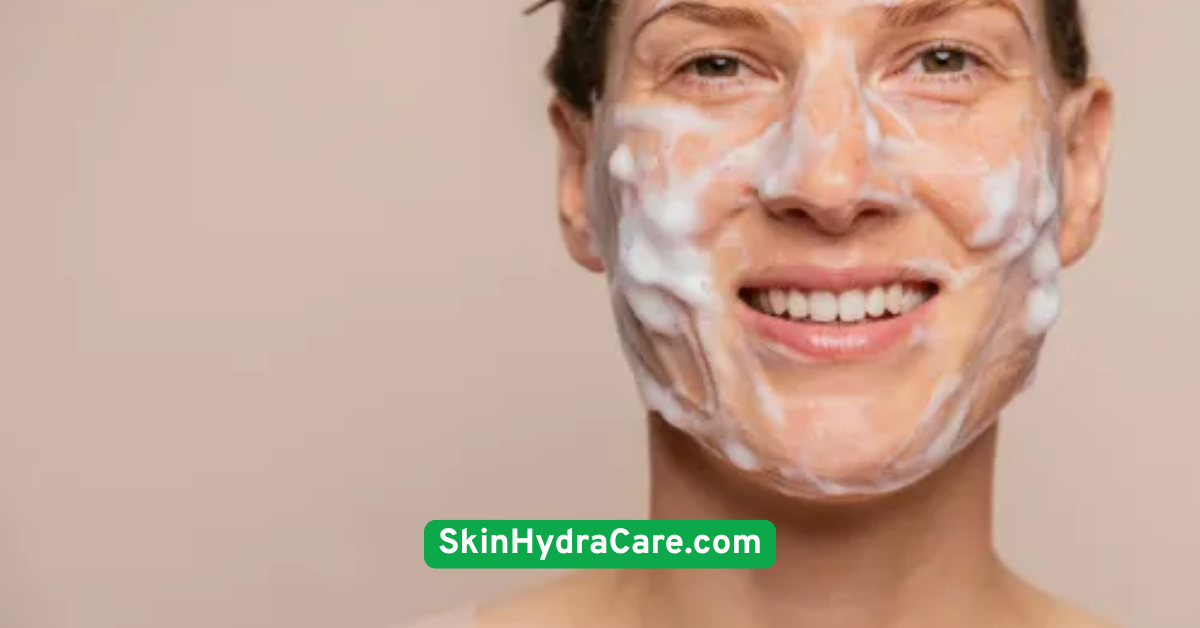
5. Apply Moisturizer to Damp Skin
Timing is everything when it comes to hydration. Applying moisturizer to damp—not wet or dry—skin helps lock in more moisture and enhances absorption.After cleansing or showering, pat your skin gently and apply your moisturizer within 30 seconds to a minute. This is when your pores are most receptive, and moisture can be sealed in effectively.If your skin is still dry afterward, consider layering: a hydrating toner or essence, followed by a serum, then moisturizer, and finally a facial oil to lock it all in.

6. Try Overnight Hydrating Masks
Your skin works hardest at night to repair and regenerate. That’s why overnight masks can be game changers in winter skincare.Sleeping masks are thicker than night creams and are designed to create a moisture barrier that hydrates deeply while you sleep. They often contain ingredients like niacinamide, aloe vera, glycerin, or honey to nourish your skin all night long.Use one two to three times per week after your usual skincare routine. Wake up with softer, bouncier skin—and who doesn’t love that?

7. Don’t Skip Sunscreen
Think sunscreen is only for summer? Think again. UV rays are present year-round—even on cloudy, snowy days. In fact, snow can reflect up to 80% of UV rays, increasing exposure.Choose a sunscreen with SPF 30 or higher and look for formulas that also include moisturizing agents like hyaluronic acid or ceramides. Mineral sunscreens with zinc oxide are gentle on dry, sensitive skin.Make sunscreen your final morning skincare step, even in winter. Your skin will thank you—now and years from now!
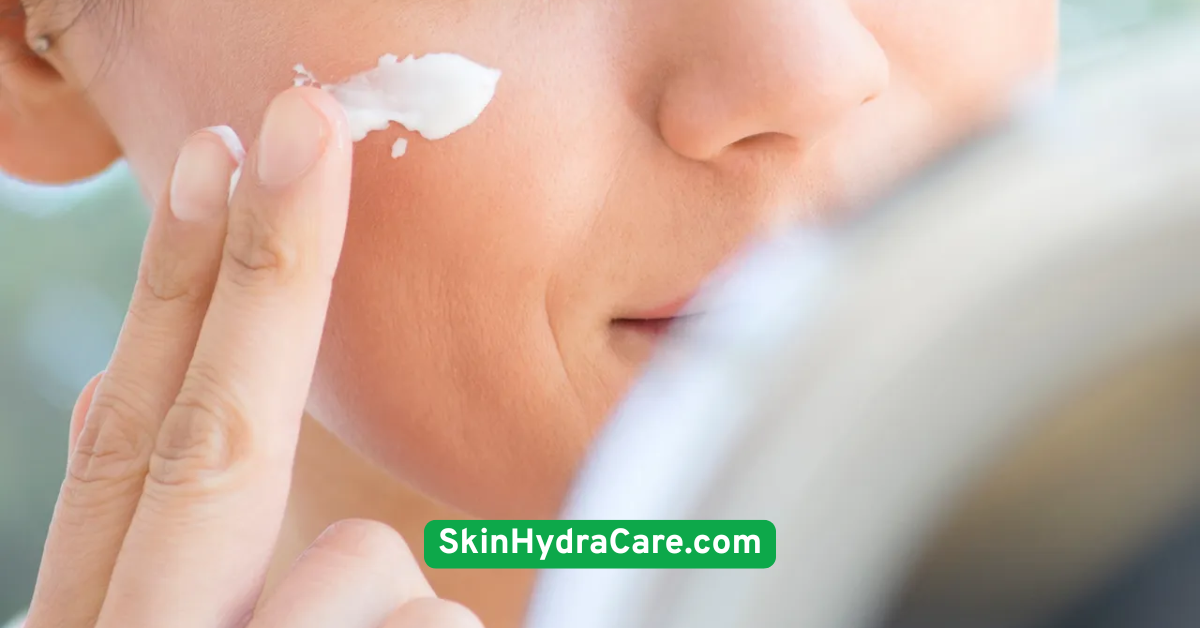
8. Humidify Your Indoor Air
Central heating systems are notorious for drying out the air in your home. A humidifier can bring much-needed moisture back into your environment—and your skin.Keep a humidifier running in your bedroom overnight or in your living room during the day. Ideally, maintain indoor humidity around 40–60% for optimal skin health.Even a small, budget-friendly humidifier can reduce winter-related dryness, nosebleeds, and flaking skin. It’s a simple fix with noticeable results.

9. Drink More Water (and Eat It Too!)
Hydration doesn’t start on your face—it starts in your glass (and plate!). Make sure you’re drinking enough water, herbal teas, or electrolyte-rich drinks during the winter months.Also, eat hydration-rich foods like cucumbers, oranges, celery, and strawberries. These foods are packed with water, vitamins, and antioxidants that nourish your skin from within.Staying hydrated internally helps your body maintain skin elasticity, flush toxins, and support a natural glow—even when it’s freezing outside.
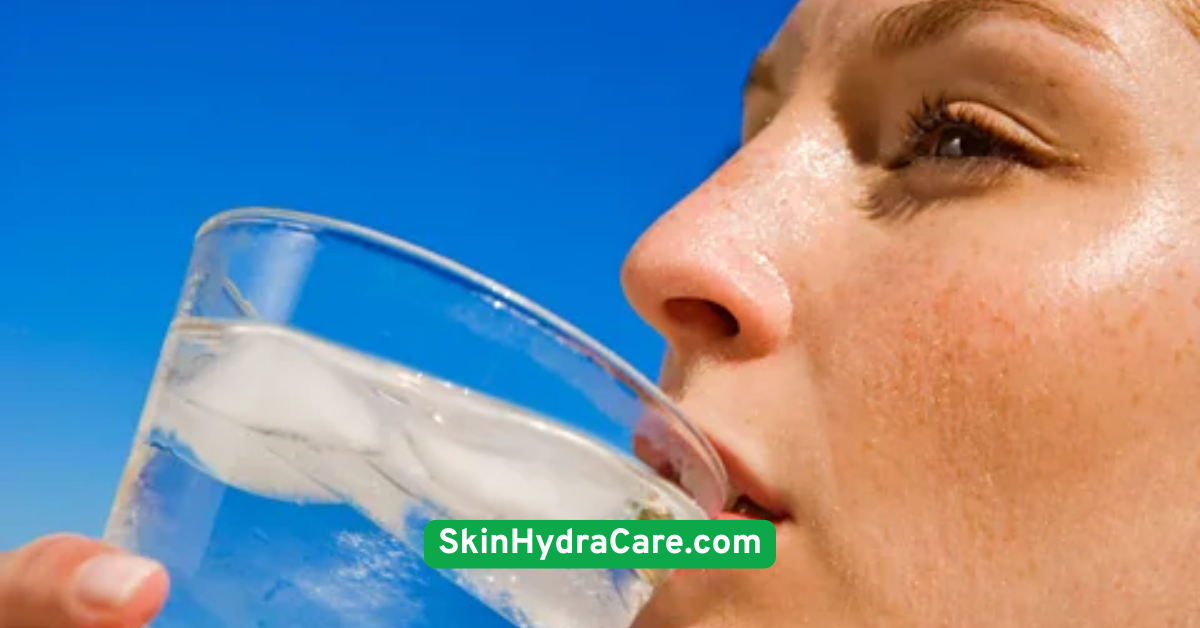
10. Avoid Harsh Exfoliants
Exfoliation is important, but winter calls for a gentler approach. Harsh scrubs and strong acids can damage the skin barrier, causing increased dryness and sensitivity.Instead, exfoliate once or twice a week using enzyme exfoliants or lactic acid-based peels. These dissolve dead skin cells without the abrasive effect of physical scrubs.Always follow up with a rich moisturizer or hydrating serum. Healthy exfoliation reveals fresh skin—hydration helps it thrive.

11. Use Facial Oils Strategically
Facial oils are like cozy sweaters for your skin. They seal in moisture, strengthen your barrier, and give you a gorgeous, healthy glow. But timing is key.Apply facial oil as the last step in your routine, after moisturizer. This locks everything in and prevents moisture from evaporating. Oils like rosehip, marula, jojoba, and argan are excellent choices for dry skin.They’re not just for nighttime either—add a few drops to your daytime routine or even mix with your foundation for added hydration and radiance.

12. Protect Your Lips with Emollients
Your lips have no oil glands, which makes them especially vulnerable during winter. That’s why hydrating lip care is essential.Look for lip balms with beeswax, lanolin, shea butter, or petrolatum—these create a protective barrier. Avoid menthol, camphor, and artificial fragrance which can further dry or irritate.At night, layer on a lip mask or a dab of pure honey for intense hydration. Don’t forget to exfoliate gently once a week to remove flaky skin.
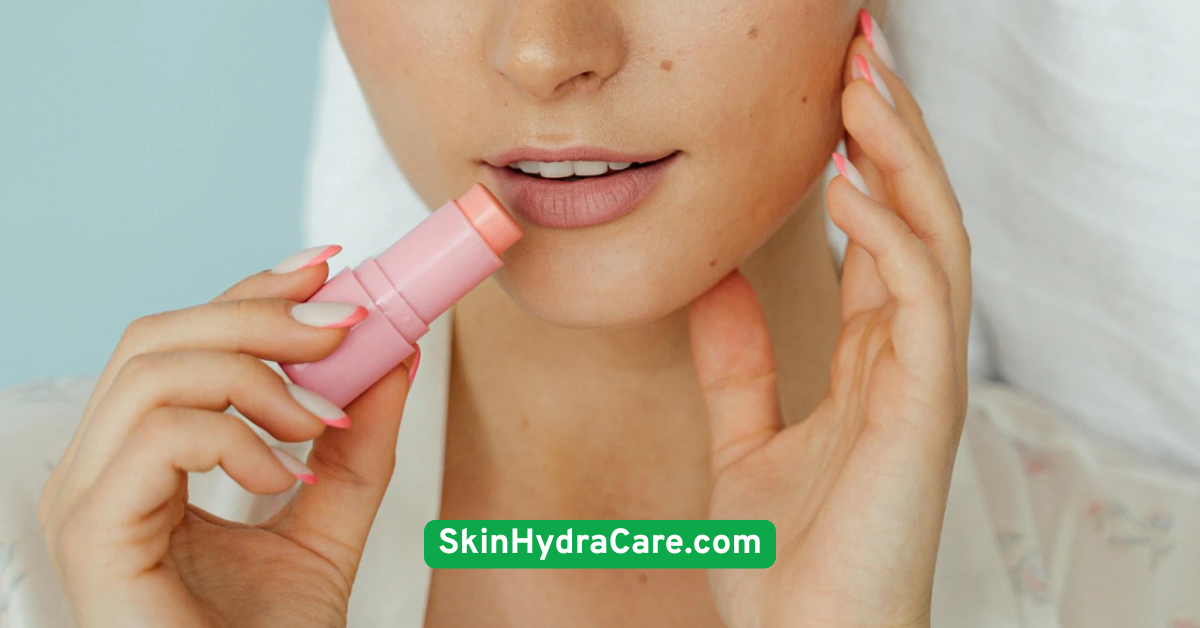
13. Double Moisturize for Extra Protection
Feeling extra dry? Try moisture layering. This technique involves applying a lightweight moisturizer followed by a thicker cream or balm.Start with a hydrating toner or serum, then a water-based lotion, and top it with a heavier cream. If needed, finish with a facial oil. This approach traps moisture at every level.It may sound like a lot, but in freezing conditions, this simple tweak can prevent skin from cracking, flaking, or becoming inflamed.
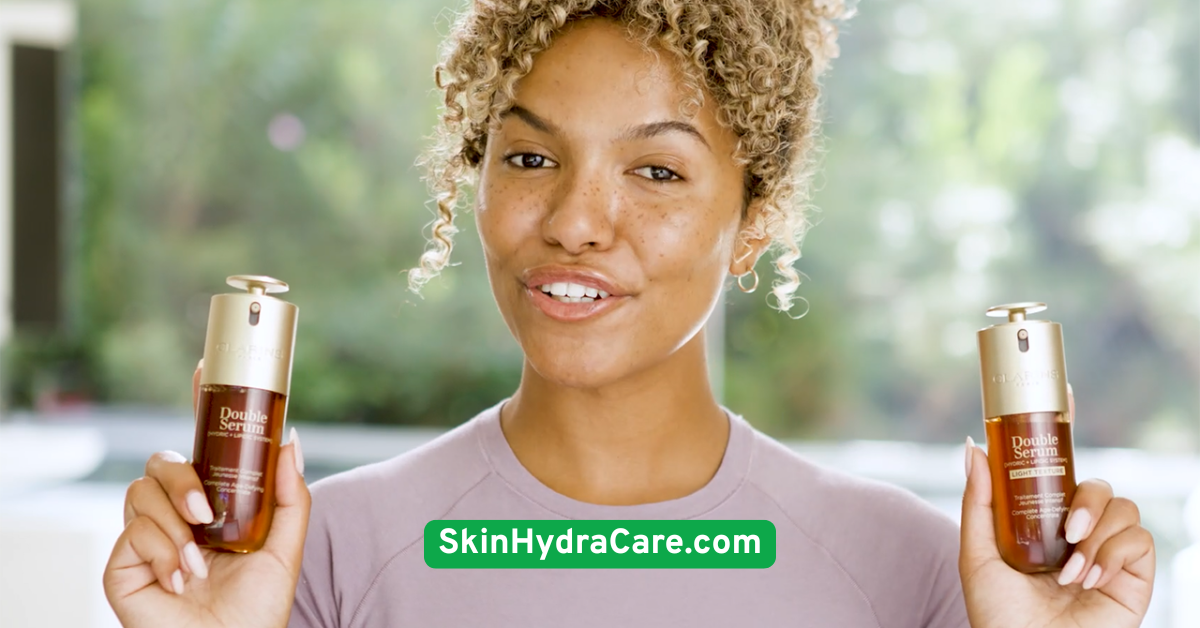
14. Don’t Neglect Hands and Feet
Hands and feet are often the first to suffer in winter, yet they’re frequently overlooked in skincare routines. Cold air and frequent handwashing strip them of natural oils.Apply hand cream after each wash, and use occlusive products like Vaseline or thick foot balms before bed. For extra hydration, wear cotton gloves or socks overnight to lock it all in.Treat these areas with the same love you give your face—they deserve hydration, too!
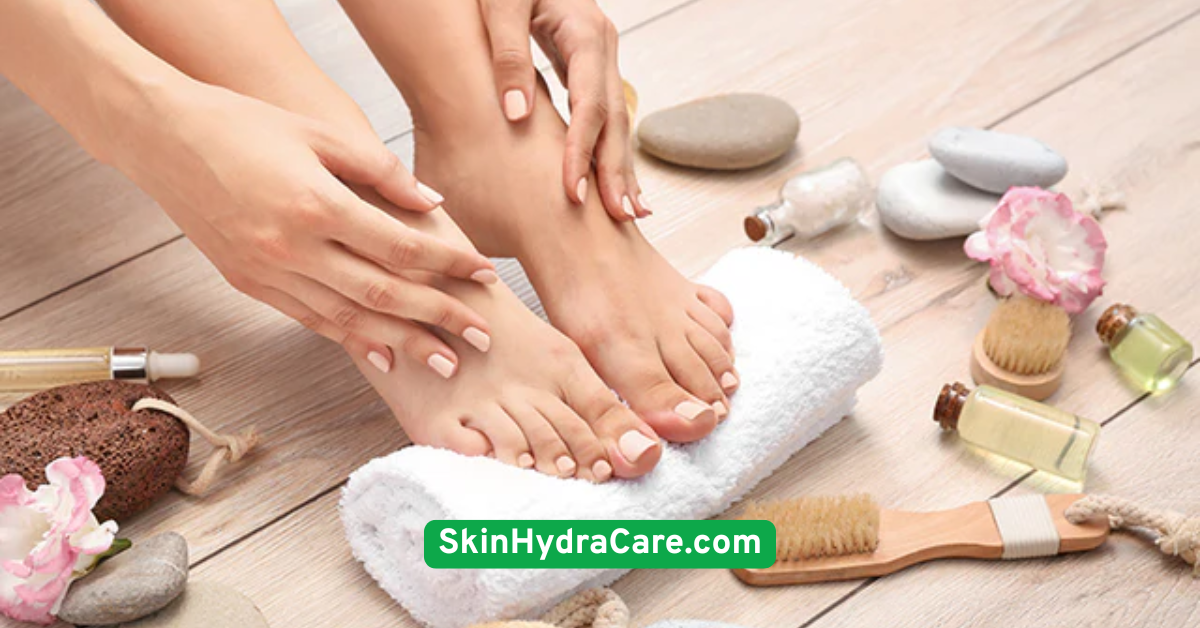
15. Adjust Your Skincare Routine Seasonally
What works in July won’t work in January. As seasons change, so should your skincare.During winter, focus on products that nourish, protect, and repair. Swap foaming cleansers for cream-based ones, gels for rich creams, and exfoliants for barrier-repairing masks.Create a “winter skincare wardrobe” that you can rotate depending on weather, skin condition, or even how your face feels that day. Flexibility is the secret to year-round healthy skin.

Conclusion
Winter skincare doesn’t have to be complicated or expensive—it just needs to be intentional. From moisturizing damp skin to investing in a humidifier, these small yet powerful habits can transform your skin’s texture, tone, and comfort.
Remember: hydration is more than applying lotion. It’s about caring for your skin holistically, both inside and out. Try a few of these hydrating skincare tips this winter, and you’ll not only survive the season—you’ll glow through it.
